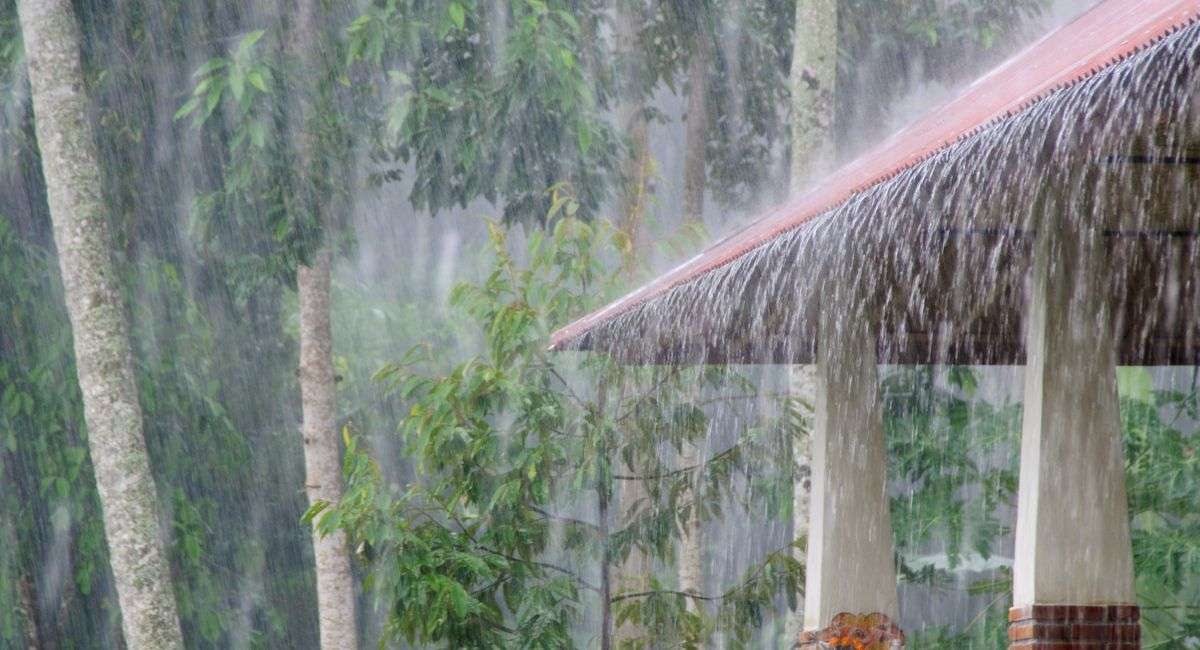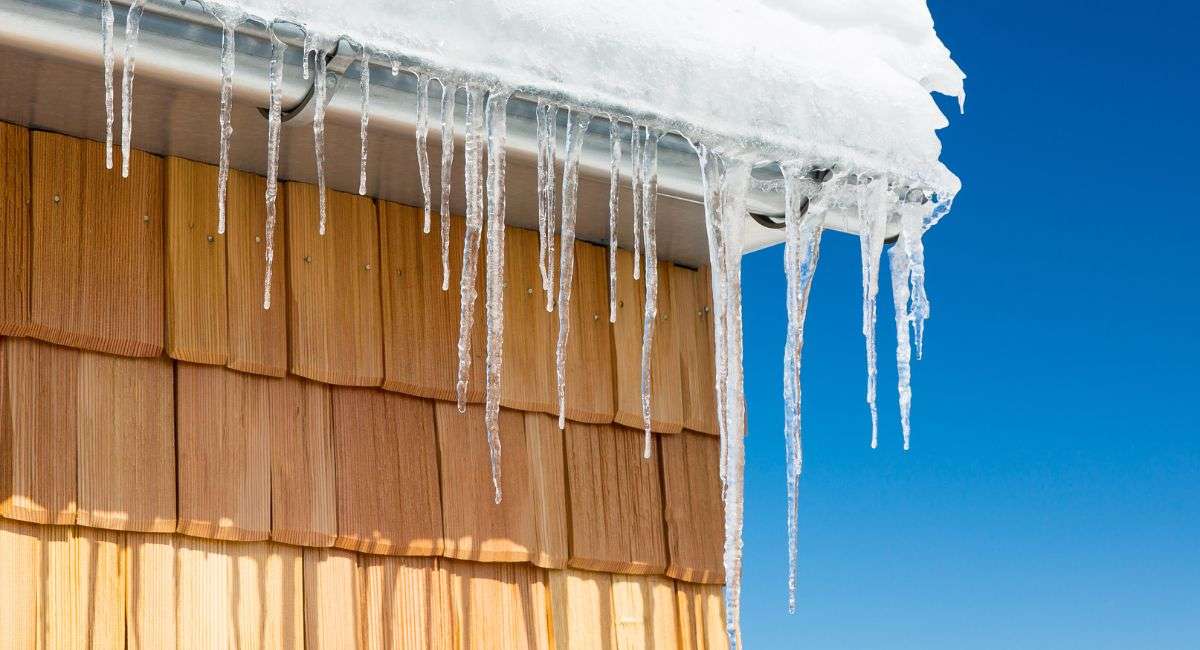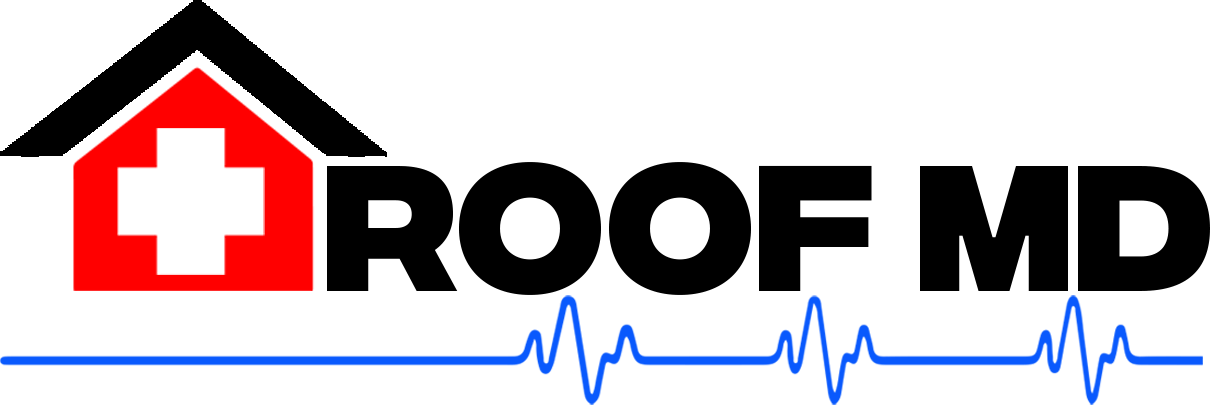Storm Roof Inspections & Why They’ll Save You $$$
With the storm season just around the corner, homeowners need to start preparing their homes, especially their roofs. Storms can cause serious damage, leading to leaks, structural damage, and costly repairs. However, with a little preparation, homeowners can avoid the worst-case scenario. A storm roof inspection is the best way to identify potential issues before they become major problems. In this blog post, you’ll learn what goes into a prestorm roof inspection, what types of damage storms can cause, and why you should schedule yours ASAP.
Table of Contents:
WHAT IS A STORM ROOF INSPECTION?
A storm roof inspection is an expert evaluation of your roof by a trained roofing professional that also includes estimations for necessary repairs or replacements. A storm inspection is a roofing inspection with an extra investigation into any potential water damage to the structure of your home post-storm.
What types of damage can storm cause?
Storms can inflict various forms of damage on roofs, contingent upon their size and severity. Each elemental onslaught bears a distinct impact on different components of your roof.
Heavy Rain:
Heavy rain poses a significant threat to your roof, especially if you have any existing leaks, missing shingles, flashings, or seals. The surplus water seeps through these openings, causing extensive damage to your underlayment, roof structure, and ceilings/attics. This is where the most costly destruction occurs, often remaining hidden until irreparable harm is inflicted.

High Winds:
Strong winds have the potential to dislodge shingles or tiles from rooftops, creating vulnerable points for moisture infiltration. In the case of asphalt shingle roofs, these gusts can result in shingle loosening, leading to cracks, breaks, or even complete shingle loss. For 3-tab shingle roofs, the absence of a single shingle creates a passage for water to penetrate multiple shingles due to their overlapping nature. Additionally, high winds often cause damage to flashing, venting, chimneys, and ridgelines. Furthermore, they can cause numerous branches, leaves, and debris to break and scatter.
Falling Debris:
Falling debris from trees, power lines, or other nearby structures can cause significant damage to your roof. These large objects can dislodge shingles or even create holes in your roof, leading to water infiltration and structural damage.
Hail:
During the winter months, when snow melts and refreezes near the edge of your roof, ice dams can form. These frozen formations can impede proper drainage, resulting in potential leaks and roof damage. It is crucial to remove any ice dams promptly and safely, employing the expertise of a roofing professional who can also address the underlying cause.
Snow/Ice:

During the winter months, when snow melts and refreezes near the edge of your roof, ice dams can form. These frozen formations can impede proper drainage, resulting in potential leaks and roof damage. It is crucial to remove any ice dams promptly and safely, employing the expertise of a roofing professional who can also address the underlying cause.
What do roofers look for in a storm roof inspection?
During a storm inspection, a professional roofer will meticulously examine the exterior of your roof. They will diligently scrutinize every inch, looking for cracks, curving, missing shingles, and any other indicators of potential harm. It is of utmost importance to pay special attention to vulnerable areas such as the chimney, valleys, flashing, and gutters. Additionally, they will ensure proper ventilation in the attic, as insufficient airflow can lead to moisture accumulation and subsequent damage.
What are the weakest points of a roof?
The weakest points of a roof are usually the areas where the roofing material transitions from a flat surface to a vertical surface (edges, ridges, and valleys). The flashing, which is the metal or PVC strip that keeps water from penetrating the roof, can easily become damaged or detached during a storm if not properly installed.
Moreover, the gutters, which work to direct water away from the roof and the foundation, can quickly become clogged with debris, which can put your roof at risk of damage. Having a professional roofer inspect the flashing and gutters during a pre-storm inspection is crucial to keeping your roof in top condition. They can identify any weaknesses and make necessary repairs or replacements before a storm hits.
It is also important to inspect the shingles for any signs of damage, such as granulation or missing shingles, as they play a vital role in safeguarding the roof’s health during a storm. Furthermore, any roof elements that may have been compromised due to age or previous damage should be identified and addressed proactively before the arrival of a storm.
WHAT ABOUT INSURANCE?
If you have damage to your roof from a storm, the first thing you should do is call your insurance company. They will typically send an adjuster to inspect the damage and determine if it is covered under your policy. Keep in mind that most policies have a deductible that you will be responsible for paying. If your roof needs to be completely replaced, your insurance may only cover a portion of the costs. In this case, you may need to finance the rest of the repairs yourself.
It is crucial to always get a second opinion from a roofing professional. For one: top-tier roofing contractors can be the liaison between you and your insurance company (Like Roof MD). Secondly, having a second inspection quote, can keep your insurance company honest and give you leverage when working with your insurance company.
Why should you schedule a storm roof inspection ASAP?
There are a few important points to consider when it comes to prestorm roof inspections. Firstly, these inspections are usually offered at no cost to you, allowing you to identify potential problems that require immediate attention, as well as those that can wait. Additionally, it’s worth checking if your homeowner’s insurance already covers some of these issues.
Secondly, being proactive and addressing these issues beforehand can prevent water from infiltrating the structure of your home, which can lead to devastating damage and costly repairs. By taking action before the storm season arrives in full force, you’ll save a significant amount of money in the long run. It’s a decision that simply makes sense.
Next Steps
A well-maintained roof serves as your home’s first line of defense against the elements. Therefore, it is crucial to ensure its excellent condition before the storm season arrives. By conducting a thorough prestorm roof inspection and promptly addressing any necessary repairs, you can prevent costly damage to your property’s structure. Remember, scheduling your pre-storm inspection early will ensure you are well-prepared for whatever challenges nature may bring your way.
If you reside in Tennessee or Georgia, Roof MD is here to assist you. Take advantage of our complimentary prestorm inspection and estimates to proactively prepare for the storm season. Moreover, if you have already encountered storm damage, our team can provide the necessary support and even collaborate with your homeowners insurance.
If you’re located in Tennessee or Georgia, then Roof MD can help! We offer FREE Roof Inspection & Estimates, so book yours today below.
